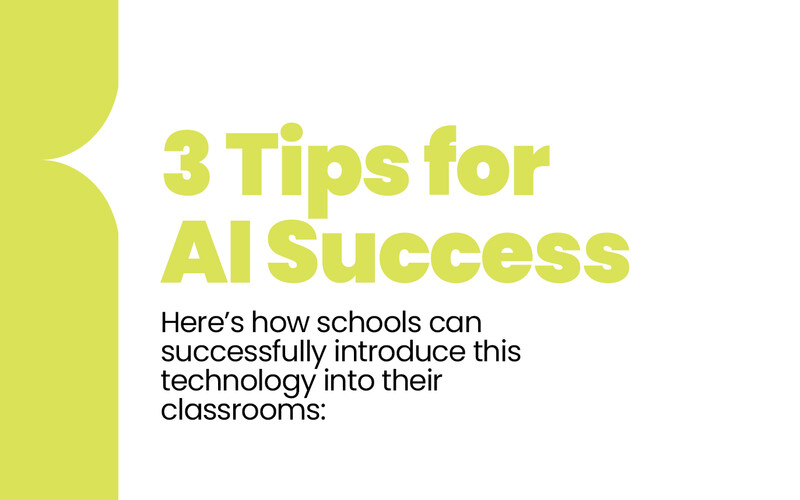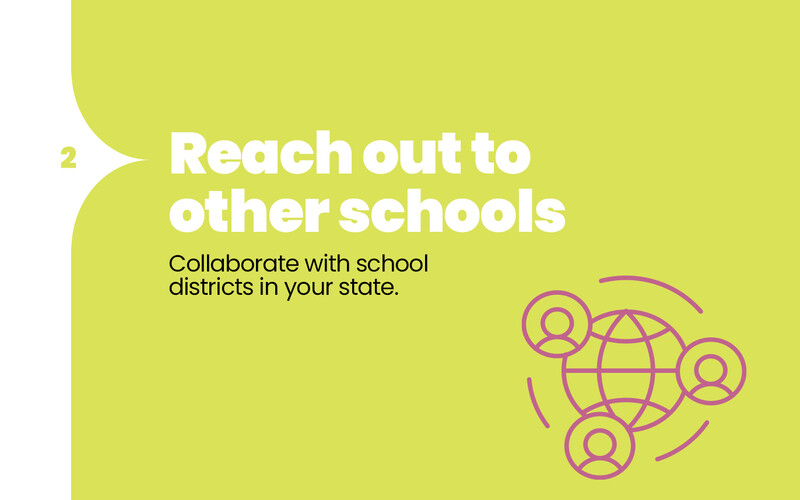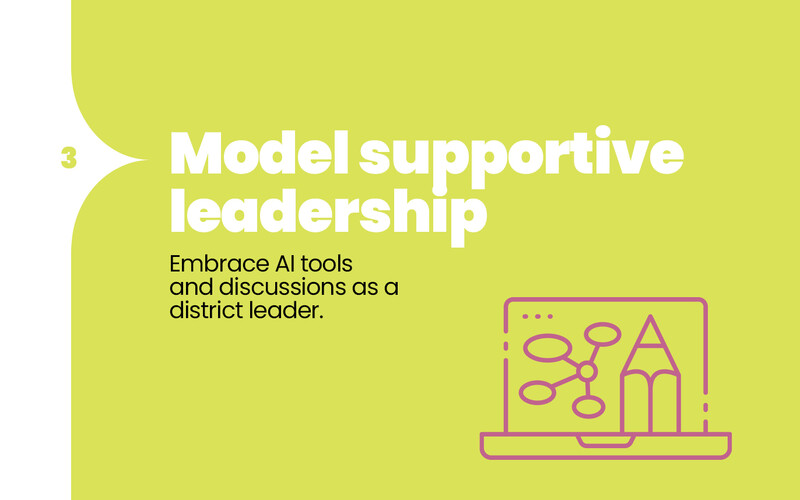As more educators and their students embrace different types of AI, they are describing how it improves their teaching and sharing best practices for AI success.
“At first, it's daunting and scary for teachers — it’s just another thing they must learn,” says Harmon. “But once they see how effective these tools are for them, they’re on board.”
At Westhill, teachers also use Google NotebookLM, which helps them align lessons and assessment questions to state standards and allows them to dig deeper into the data. Brisk, a Chrome extension, is another go-to tool that Westhill teachers use for lesson planning and to assist with feedback on student writing. They also use it with Google Slides to create presentations from website and video sources.
DISCOVER: See how AI can defeat burnout and boost productivity for teachers.
Copilot Helps Navigate Lesson Planning
Lesson planning was one of the first tasks that came to mind for Superintendent Jeremy Calles when the Tolleson Union High School District — an Arizona district of nearly 14,000 students — decided to acquire Microsoft Copilot licenses for the entire staff.
WestEd, a nonprofit education research, development and service agency, had recently reviewed TUHSD’s curriculum and recommended improvements in lesson planning.
“It allowed me to approach teachers and say, ‘We just bought you all licenses for Microsoft Copilot, and it can create your lesson plan in about 20 seconds,’” recalls Calles. “It gave them a little push to write their lesson plans through Copilot. We encourage them to look it over — Copilot’s not perfect — and if they like it, they can run with it. If they need to tweak it, then they tweak it.”















